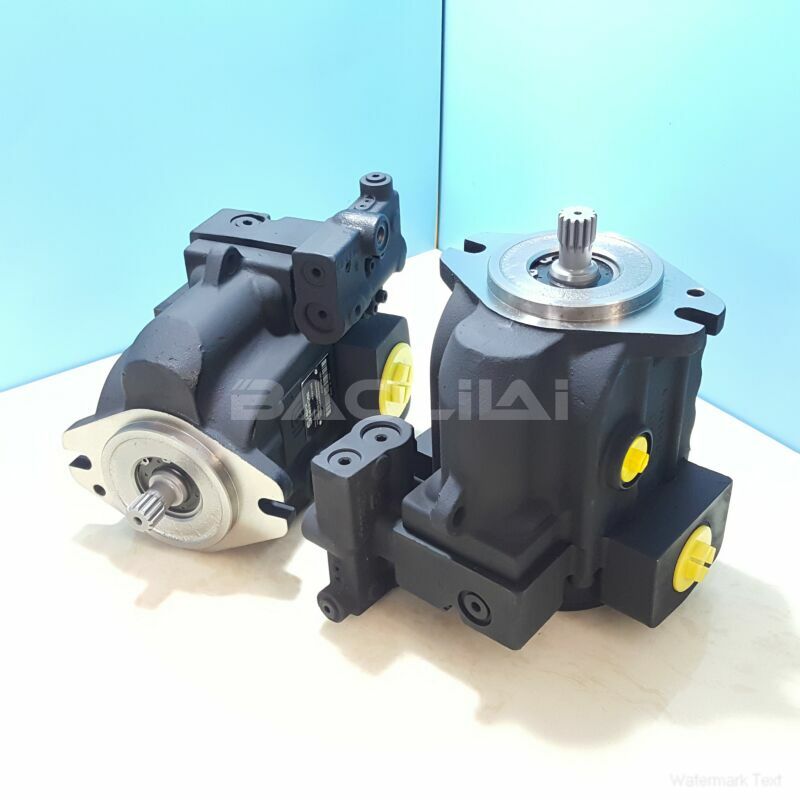LRR030DPC20NNNNN3C2NFA6NPLBNNNNNN high pressure pump
LRR030DPC20NNNNN3C2NFA6NPLBNNNNNN high pressure pump

- Product Details
- Applicable Scene
The cement manufacturing industry is known for its energy-intensive processes, making energy efficiency a critical factor for operational success. Among the key components contributing to energy savings are the pumps used throughout the production line. Danfoss Pumps stand out in this sphere, offering innovative solutions designed to optimize performance while reducing energy consumption.
LR-R-030D-PC-20-NN-NN-N-3-C2NF-A6N-PLB-NNN-NNN
LRR030DPC20NNNNN3C2NFA6NPLBNNNNNN
Cement production involves various stages, including the grinding of raw materials, the burning of clinker, and the packaging of finished products. Each of these stages requires specific types of pumps, from those handling abrasive materials to those involved in transporting slurry and cooling water. Harnessing Danfoss Pumps across these processes can lead to significant improvements in energy efficiency.

7005028
One way Danfoss Pumps enhance energy efficiency is through advanced variable frequency drives (VFDs). VFDs allow pumps to operate at varying speeds based on the demand of the process, rather than running at a fixed speed. This flexibility enables precise control over flow rates, which minimizes energy waste. For instance, during periods of reduced production, a VFD can automatically adjust the flow, ensuring that energy consumption is optimized based on real-time needs.
Moreover, the durability and reliability of Danfoss Pumps contribute to overall efficiency. Designed for robust operation, these pumps require less frequent maintenance and replacements. This longevity translates to fewer disruptions in the production process and consistent, efficient performance over time. The reduction in downtime directly impacts energy usage, as machinery will be operating efficiently without the intermittent losses associated with maintenance issues.
In addition to their operational benefits, Danfoss Pumps are engineered to work seamlessly within broader automation systems. Utilizing integrated sensors and smart technology allows for real-time monitoring of performance parameters. This data-driven approach facilitates predictive maintenance, where potential issues can be identified and addressed before they lead to failures. Consequently, manufacturers can optimize their entire production process, further improving energy efficiency and reducing operational costs.





